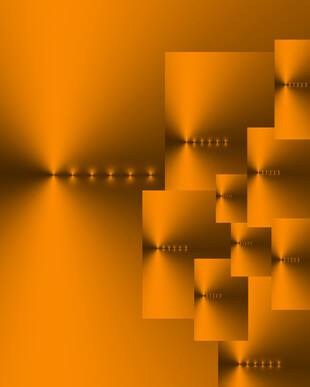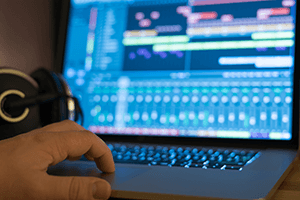
Most people know what reverb sounds like at its most basic. All by itself on a single track it can make a voice sound like it’s in an empty gymnasium, a cavern, a bathroom, or any number of different kinds of spaces. When I was in college I used to play guitar and sing in the stairwell because of the reverb sound in there. Weird Al recorded some of his early pieces (back in the Dr. Demento days) in a bathroom for its natural reverb.
It’s something that my wife (Lisa Theriot) does not like when I put too much of it on her voice in a recording. When I first started recording, I used to put it on everything. I used too much because I liked how it sounded. But I ended up making the mixes sound muddy and, well, reverby. As usual, my wife was right. Too much reverb can mess things up. It’s actually a common thing for beginners to do – use too much of just about every effect they get their hands on, especially reverb and compression.
But there are other uses for reverb than to make a voice or instrument sound like it was recorded in a concert hall (or canyon, or whatever). Used in a bunch of different subtle ways, it can help certain move certain sounds around in a mix, appearing to come from further away or closer, from the left or right. It can give more space to some sounds and blend multiple other sounds to appear more amorphous.
In this article, Adrian calls reverb “the most essential” effect. Find out why by reading the entire article here: http://audio.tutsplus.com/articles/general/why-reverb-is-the-most-essential-effect-in-your-toolkit/
 In case you didn’t already know this – if we are recording audio into our computers, we’re doing digital recording. This is as opposed to analog audio recording, which is another way of saying the way we used to do it before computers (and I include a “digital recorder” as a form of a computer) came around. Before we had easy access to those things, we had to use tape to record audio. And before that, we had to record audio direct-to either wire, vinyl or wax.
In case you didn’t already know this – if we are recording audio into our computers, we’re doing digital recording. This is as opposed to analog audio recording, which is another way of saying the way we used to do it before computers (and I include a “digital recorder” as a form of a computer) came around. Before we had easy access to those things, we had to use tape to record audio. And before that, we had to record audio direct-to either wire, vinyl or wax.